The Trump administration’s shadowy National Endowment for the Arts grant retractions have Southwest arts organizations banding together to track the cuts and gather supporters.
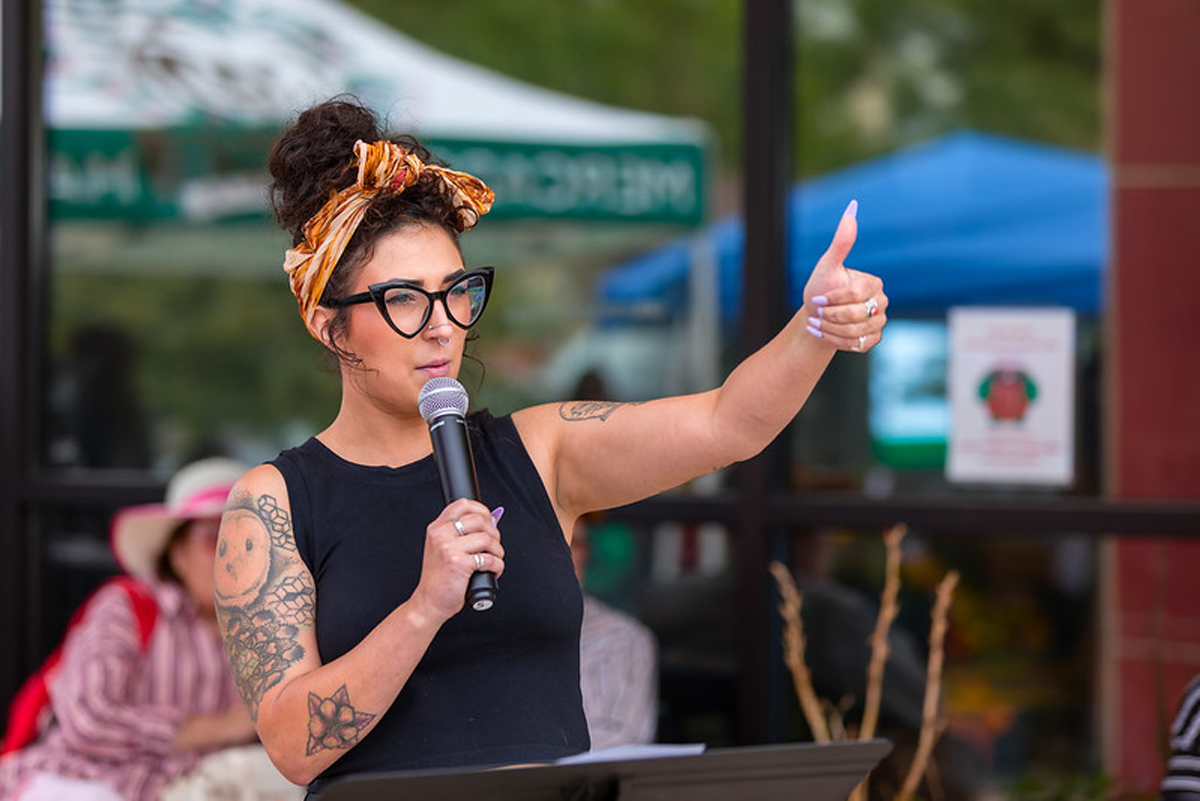
Arts organizations across the country received email notifications on the evening of May 2—a Friday—saying grants the National Endowment for the Arts had awarded or recommended won’t be coming after all because the programs they would have funded don’t align with the federal government’s new priorities for arts and culture.
Now, artists, arts organizations, and communities in the Southwest are working to assess the impacts on not only their own projects, but also the arts ecosystem as a whole. And they’re wondering how they can mobilize to mitigate the financial losses, while also buoying arts infrastructure that’s being threatened in other ways.
Most art agencies are barely scraping by so there’s a growing concern.
“Everything happened so quickly,” reflects Toccarra Thomas, executive director for Santa Fe Art Institute, one of many New Mexico nonprofits swept up in the cuts. “Most art agencies are barely scraping by so there’s a growing concern.”
It wasn’t immediately clear which arts organizations or projects were facing cuts, because the NEA didn’t publish a list of which grants were terminated or withdrawn. Instead, most community members learned of specific cuts via social media posts or newsletters shared by impacted art groups. But the NEA’s most recent grant cycle included more than a hundred awards in six Southwestern states, signaling the potential for significant impacts in the region.
Texas led that pack with sixty-four awards totaling just over $1.5 million, whereas Nevada had just four awards totaling $100,000 and Utah had seven awards totaling $155,000. Sixteen Arizona awards totaled $445,000, nineteen New Mexico awards totaled $625,000, and twenty-two Colorado awards totaled $435,000.
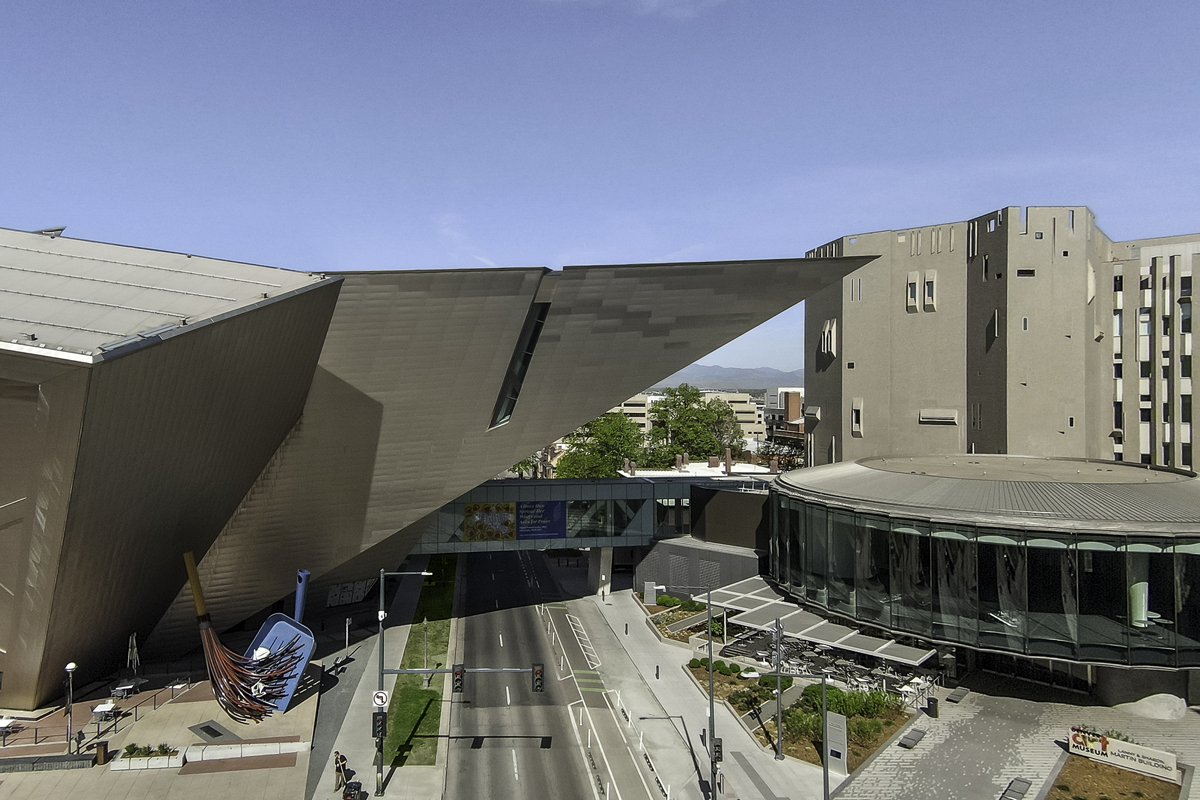
As news of specific grant withdrawals and terminations trickles in, the state NEA affiliate Texans for the Arts is circulating a grassroots impact survey, hoping to aggregate data on cuts made around the country. Meanwhile, their executive director Chris Kiley says he’s been helping to shape a national response to the NEA’s recent actions, working with groups including Americans for the Arts, a Washington, DC–based nonprofit that advocates for arts and arts education.
Other statewide NEA affiliates in the Southwest—including Arizona Commission on the Arts, Colorado Creative Industries, Nevada Arts Council, New Mexico Arts, and Utah Division of Arts and Museums—are also working to meet the moment, as are regional affiliates including Creative West and the Mid-America Arts Alliance.
The most important thing is that we are poised to meet the moment together.
“This is a distressing, challenging time for the arts, but the most important thing is that we are poised to meet the moment together,” Kiley says.
Within two weeks of the NEA’s fateful email, implications for the Southwest arts sector were becoming increasingly clear.
The Athena Project in Denver won’t get a $10,000 award to present pop-up art events, for example, and the Denver Art Museum won’t receive $30,000 that would have supported the first museum survey exhibition featuring works by Andrea Carlson (Ojibwe). The museum will still open the exhibition in October, but other organizations aren’t so fortunate.
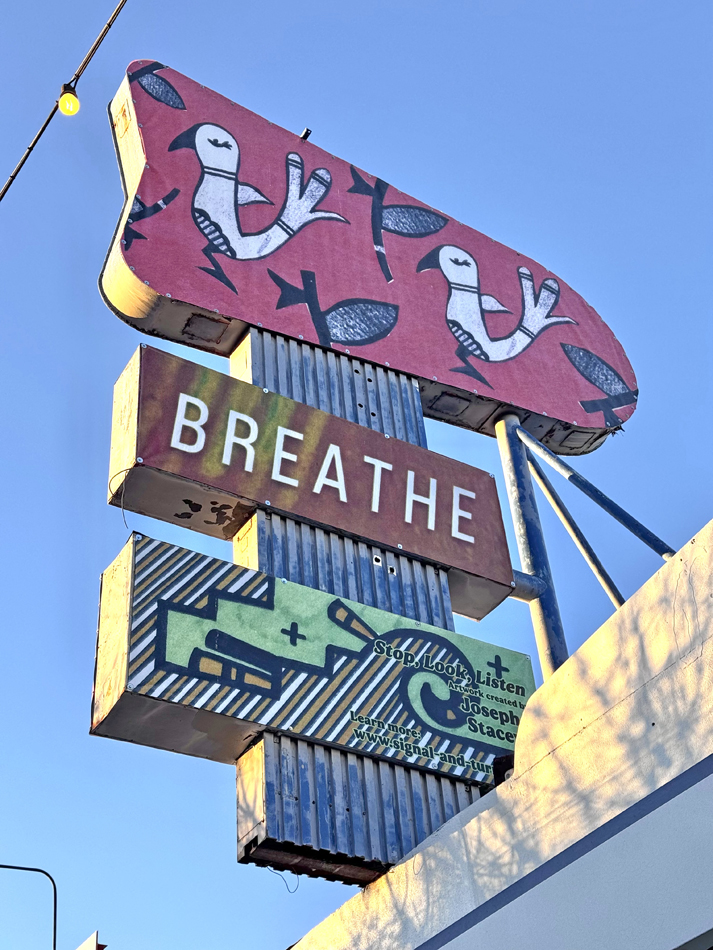
Lindsey Fromm, executive director for Friends of the Orphan Signs in Albuquerque, says losing $20,000 means they won’t be able to complete the project it would have funded. “I expect we will just not do the work,” she says. “This administration has come in and gutted everything.”
The Frank Lloyd Wright Foundation, Scottsdale Arts, and the Arts Foundation for Tucson and Southern Arizona all got the email, although they’ve already received all their grant monies. For most Arizona awardees, that’s not the case.
The NEA gave organizations seven days to file an appeal.
The NEA gave organizations seven days to file an appeal demonstrating the ways their project aligns with its new priorities, which include celebrating the 250th anniversary of American independence, fostering AI competency, and empowering houses of worship to serve communities, among others.
Travis Neel, cofounder for a project about public placemaking, community engagement, and ecology called the Mesquite Mile, says they decided to appeal because their work transforming streetscapes in Lubbock, Texas, aligns with the “make America healthy again” rubric. Other organizations who filed appeals include Santa Fe Art Institute, Friends of the Orphan Signs, and the Athena Project, whereas Denver Art Museum was among those who didn’t. Organizations that opted not to appeal cited everything from general skepticism of the process to the short turnaround time.
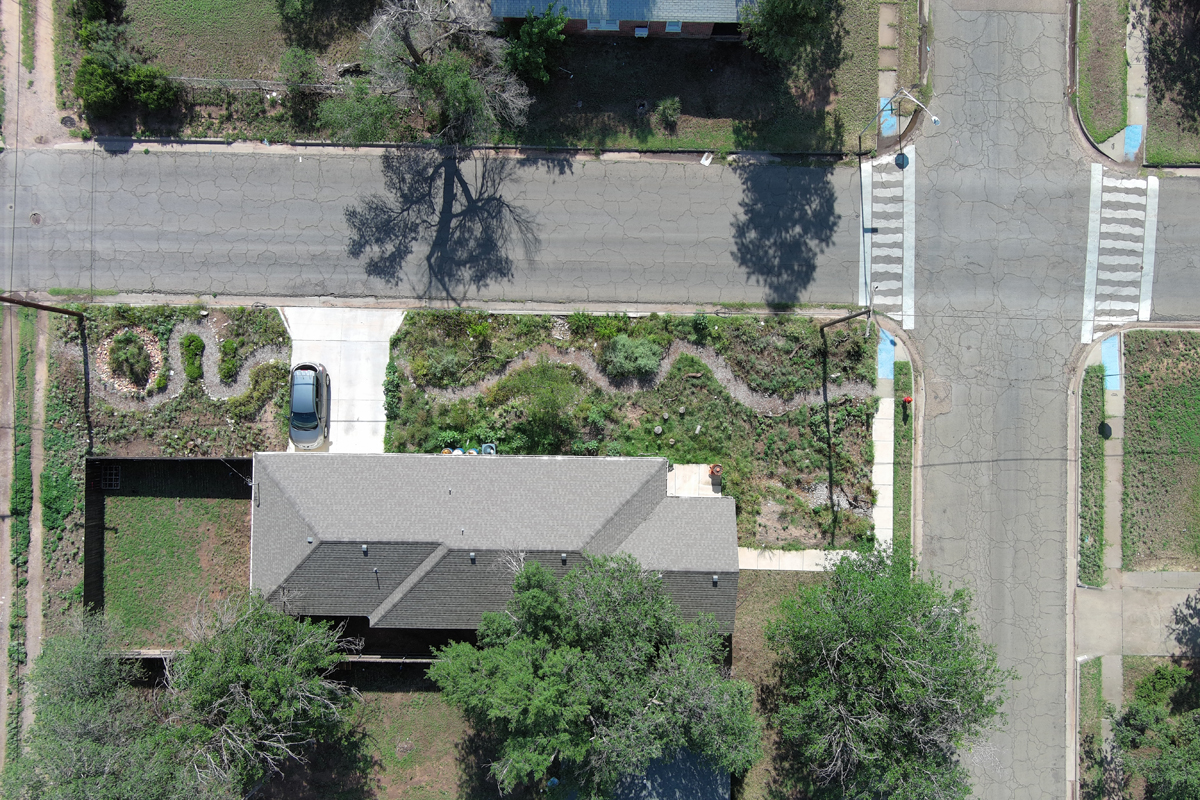
As the grant fallout continues to unfold, arts organizations are also dealing with other NEA-related issues.
When the Trump administration released its fiscal year 2026 budget recommendations on May 2, shortly before the NEA emails went out, it called for eliminating several agencies, including the National Endowment for the Arts, the National Endowment for the Humanities, and the Institute of Museum and Library Services.
I can’t imagine the United States without the National Endowment for the Arts.
The vision statement for the NEA, by the way, is “a nation in which the arts are essential to our democracy and to reaching our highest potential by nourishing creative enterprise, freedom of thought, imagination, and inquiry.”
“It’s so disheartening,” says Chiara Robinson, director of institutional giving for Denver Art Museum, who recalls that strong bipartisan support saved the NEA when Trump proposed eliminating the agency during his first term. “I can’t imagine the United States without the National Endowment for the Arts.”
For those seeking a bit of good news, Chris Kiley with Texans for the Arts notes that the NEA hasn’t cut the grants it awards to state and regional affiliates through its partnership agreements, which he puts at about forty percent of the NEA’s overall budget.
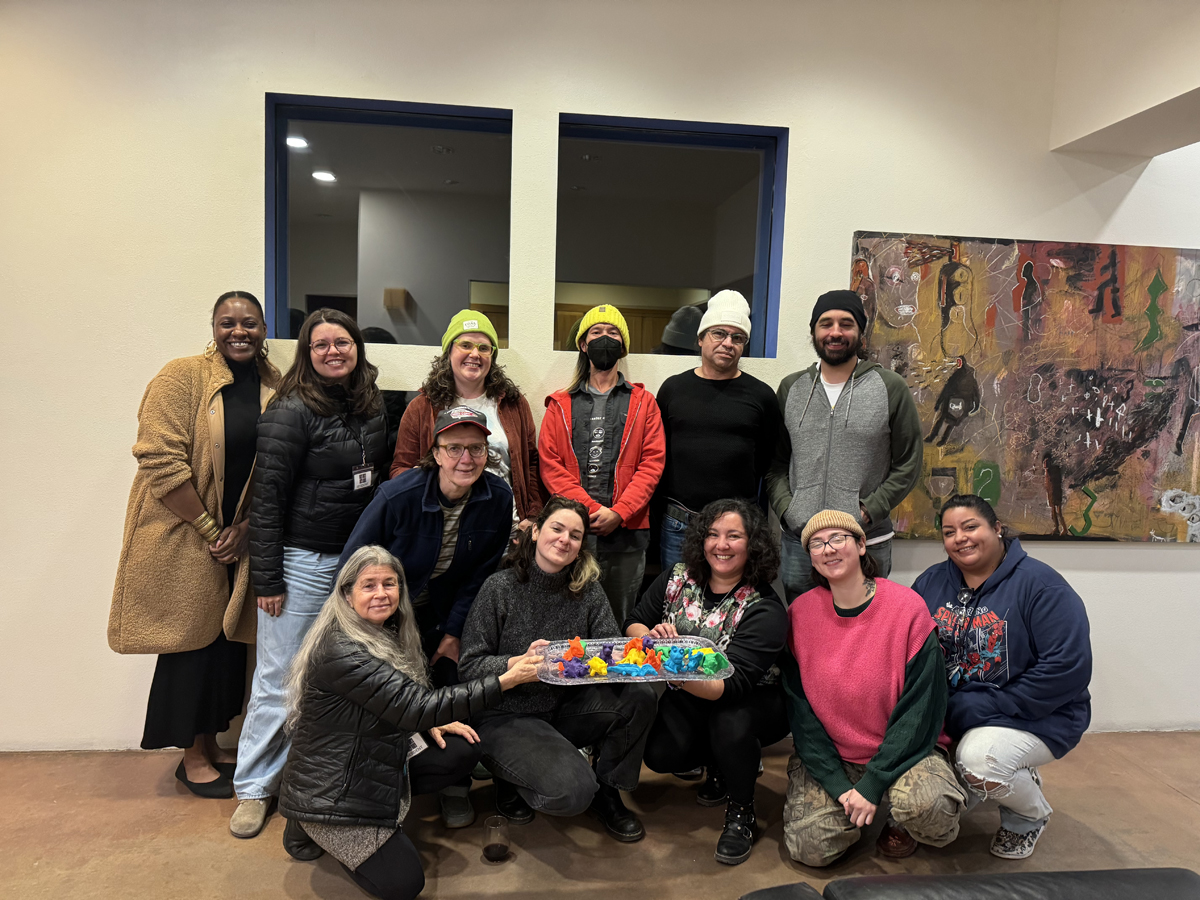
On the other hand, several senior leaders with NEA announced their resignations on Monday, May 5, just days after the grant email went out.
Also of note, the NEA is facing a lawsuit rooted in its attempts to comply with Executive Order 14168 issued on January 20, 2025, which says federal agency funds can’t be used to “promote gender ideology.”
“We sued the NEA after it imposed a viewpoint-based eligibility bar for funding,” explains Vera Eidelman, senior staff attorney with the ACLU. “The NEA is an important agency which is fundamentally based on artistic excellence and artistic merit and this should be the only thing decisions are based on.”
With all this in the mix, how can arts supporters help the organizations they care about?
This is just the first firehose response to making sure legislators are hearing from their constituents.
“People should be using their cultural amenities,” says Denver Art Museum’s Chiara Robinson. “Buy tickets, go to shows, take art classes,” she suggests.
“One big thing people can do is make a recurring donation every month. Donating five or twenty dollars is huge and it can be really helpful,” says Toccarra Thomas of SFAI.
“Call your federal legislators to voice your support for the NEA,” suggests Kiley.
But also, stay tuned.
Kiley expects a coordinated national response to the recent grant cuts, and other proposed changes, to roll out in the near future—and suggests that people watch for announcements from their state arts agencies.
He says, “This is just the first firehose response to making sure legislators are hearing from their constituents.”
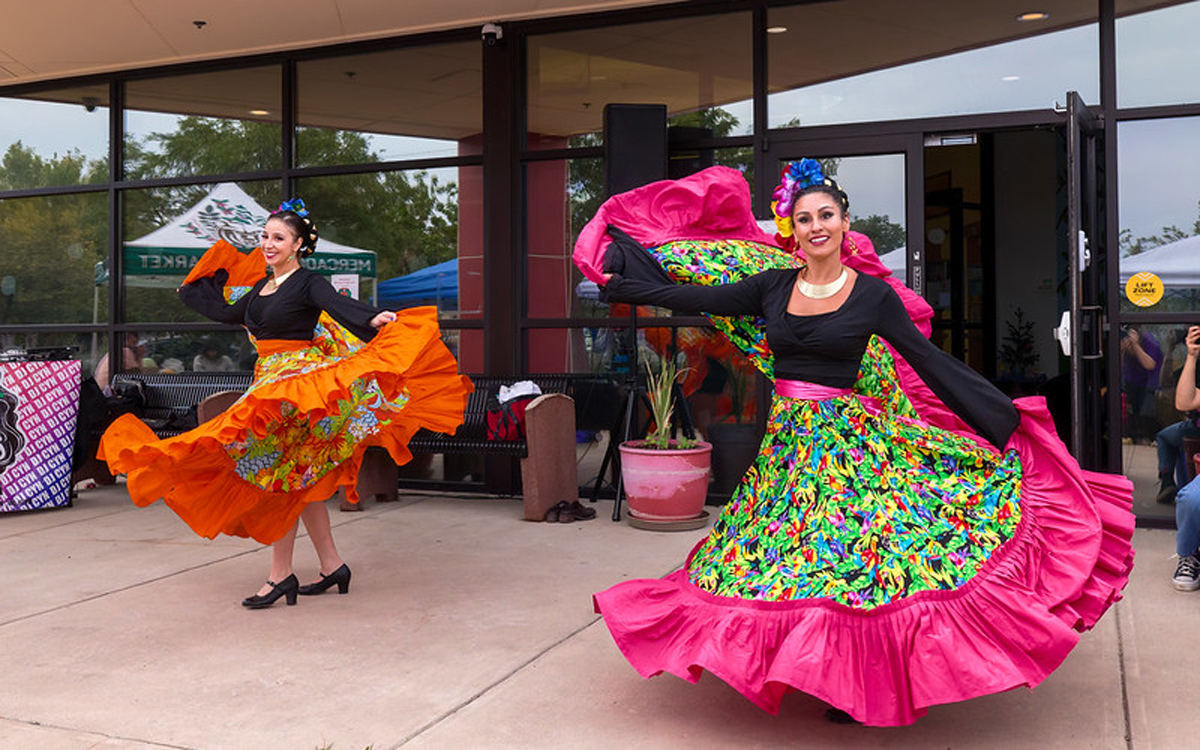
Correction 5/15/25: An earlier version of this story stated that Friends of the Orphan Signs lost a $10,000 grant. They lost a $20,000 award.



